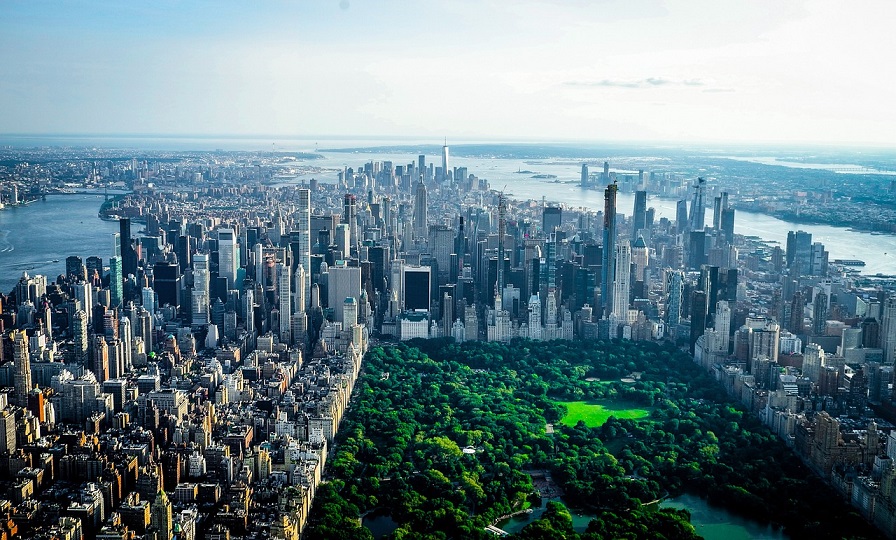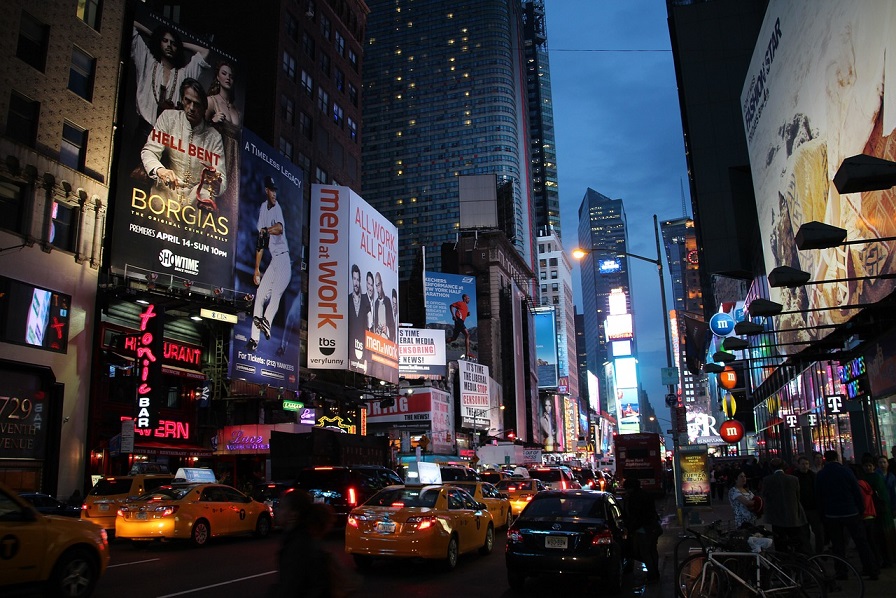When we think of New York, we are immediately enveloped in a discourse of skyscrapers, bright lights and cosmopolitans. It’s the city that never sleeps, electricity pumping through its veins. But is there something that lies beneath all the expense, gluttony, and excess?
 Georgina Campbell
Georgina Campbell
When most people plan their holidays abroad, whether its a weekend away with the girlfriends or a family holiday, the tourist attractions are already marked off on their maps.
First the empire state building, then a walk around central park, finishing off with a trip to Ellis Island. Few would think to explore beyond the Manhattan boundaries. But it is beyond this part of New York where the city’s true heart and soul lies.
You may think that the most glamorous hotspot in NYC is sipping cosmopolitans in a high rise bar, followed by box seats at the latest Broadway show, however you would be wrong.
142nd Street and Lenox Avenue housed the famous Club De Luxe. Established by heavyweight boxing champion Jack Johnson in 1920, Club De Luxe was opened for business during the USA’s Prohibition period. However the club did not remain very long in the hands of Johnson and was soon sold to the gangster Owney Madden in 1923.
Madden began to lay the foundations of a plantation vibe to the club, and renamed it: ‘The Cotton Club.’ In keeping with his theme, Madden enforced a strict segregation where black people would be solely on the stage, and white people around the rest of the club.
Although the club featured many of the greatest African American entertainers, including Fletcher Henderson, Duke Ellington, Count Basie and Cab Calloway, the club denied admission to blacks. During its heyday the club was renowned for a chic meeting place for celebrities.
Nevertheless, the club was the perfect platform to launch the careers of Henderson to Ellington. Ellington recorded over 100 compositions during this era. In the 1937 New York Times excerpt, Duke Ellington’s contribution to The Cotton Club is defined perfectly: “So long may the empirical Duke and his music making roosters reign- and long may the Cotton Club continue to remember that it came down from Harlem.”
 The Cotton Club initially reproduced the racist imagery of the 1920s, depicting African Americans as savages in jungle or plantation landscapes. Duke Ellington was even requested to write “jungle music” for a white audience.
The Cotton Club initially reproduced the racist imagery of the 1920s, depicting African Americans as savages in jungle or plantation landscapes. Duke Ellington was even requested to write “jungle music” for a white audience.
These “jungle” effects gave Ellington the freedom to experiment with orchestral arrangements which touring bands could only dream of having.
The club was far more lenient when it came to the chorus girls. They were simply expected to be “tall, tanned and terrific” which equated to them being at least 5 foot 6, light skinned and under 21 years old. Eventually, upon Ellington’s request, the club began to relax its policy of excluding black customers.
White popular culture of the day also inspired The Cotton Club. Walter Brooks, the producer of the Broadway show ‘Shuffle Along’ was the nominal owner.
One of the most prominent song writing teams of the era, Dorothy Fields and Jimmy McHugh provided the songs for the clubs revues. Adelaide hall starred at the Cotton Club’s biggest ever grossing show in 1934.
 Due to the race riots in Harlem (1936) the club was closed temporarily. It’s reopening in 1937 earned a raving review from the New York Times: “The Cotton Club has climbed aboard the Broadway bandwagon, wish a show that is calculated to give the customers their money’s worth of sound and colour- and it does.”
Due to the race riots in Harlem (1936) the club was closed temporarily. It’s reopening in 1937 earned a raving review from the New York Times: “The Cotton Club has climbed aboard the Broadway bandwagon, wish a show that is calculated to give the customers their money’s worth of sound and colour- and it does.”
The pressure from higher rents, changing tastes and a federal investigation into tax evasion by Manhattan nightclub owners saw the club close for good in 1940. The Latin Quarter nightclub replaced the Cotton Club. Unfortunately in 1989 in order to make way for a new hotel, the building which housed both clubs was torn down.
Today there stands a new incarnation of the Cotton Club on the west end of 125th Street. Here you can relive the incredible, soulful rhythm of the club as it would have been in its heyday.
Although a replica, the Cotton Club remains as another monument, a testimony to the incredible sound, music, popular culture of African Americans which we should never forget. It is one of New York’s hidden diamonds, which few get to appreciate. The Cotton Club should be the first on your travel list, not just an after thought.












.jpg)












